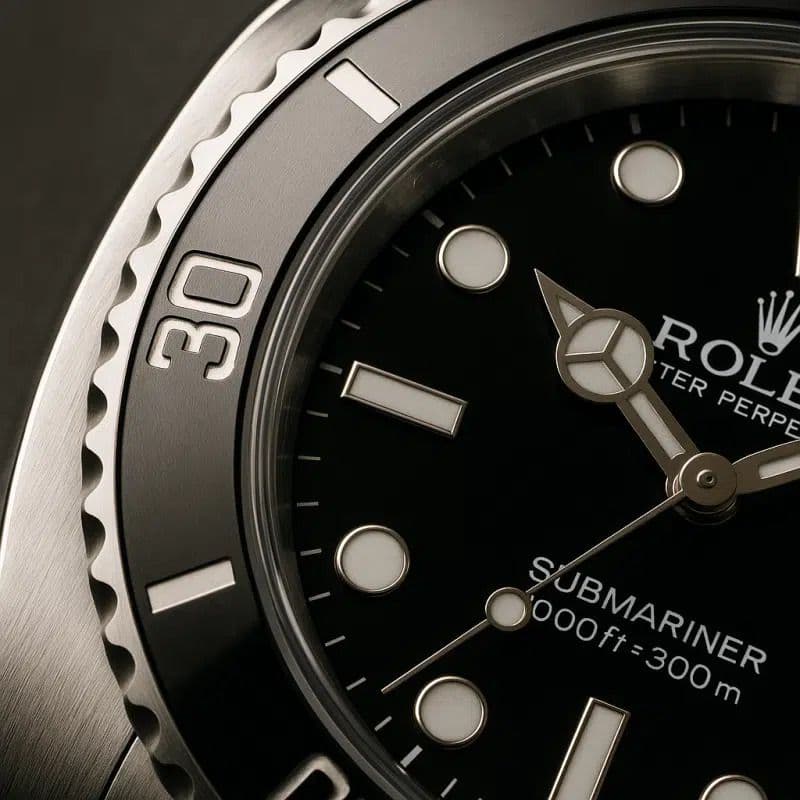
Rolex Bezels Explained: Types, History, and Design Evolution
In the world of Rolex, every detail has a purpose. While movements and cases often get the spotlight, few elements define a Rolex as clearly as its bezel. More than decoration, the bezel is both a design signature and a functional component. From fluted gold to ceramic tool bezels, it reflects the evolution of Rolex itself.
This guide explores how Rolex bezels developed over time, what makes each type unique, and how they have come to symbolize different facets of luxury and performance.
The Role of the Bezel
The bezel sits at the edge of the case, framing the dial and securing the crystal. Its function can be purely aesthetic or highly practical, depending on the model. Over Rolex’s long history, the bezel has served multiple purposes: measuring elapsed time, tracking multiple time zones, enhancing water resistance, or simply marking prestige.
Early History: From Function to Signature
In the early 20th century, Rolex bezels were purely functional. Smooth steel or coin-edged designs appeared on early Oysters, providing a secure seal against water and dust. The company’s reputation for innovation began here.
By the 1940s and 1950s, Rolex was producing purpose-built tool watches. The bezel became a key instrument: the Turn-O-Graph introduced rotating timing functions; the Submariner and GMT-Master turned bezel markings into essential features for divers and travelers.
At the same time, the fluted bezel emerged on gold models like the Datejust and Day-Date. Initially designed to screw the crystal ring onto the case, it evolved into a decorative hallmark.
The Main Types of Rolex Bezels
Smooth Bezel
The simplest and most versatile. Found on models such as the Oyster Perpetual and Datejust, the smooth bezel is typically crafted from steel, white gold, or platinum. It gives the watch a clean, understated look suitable for daily wear or formal settings.
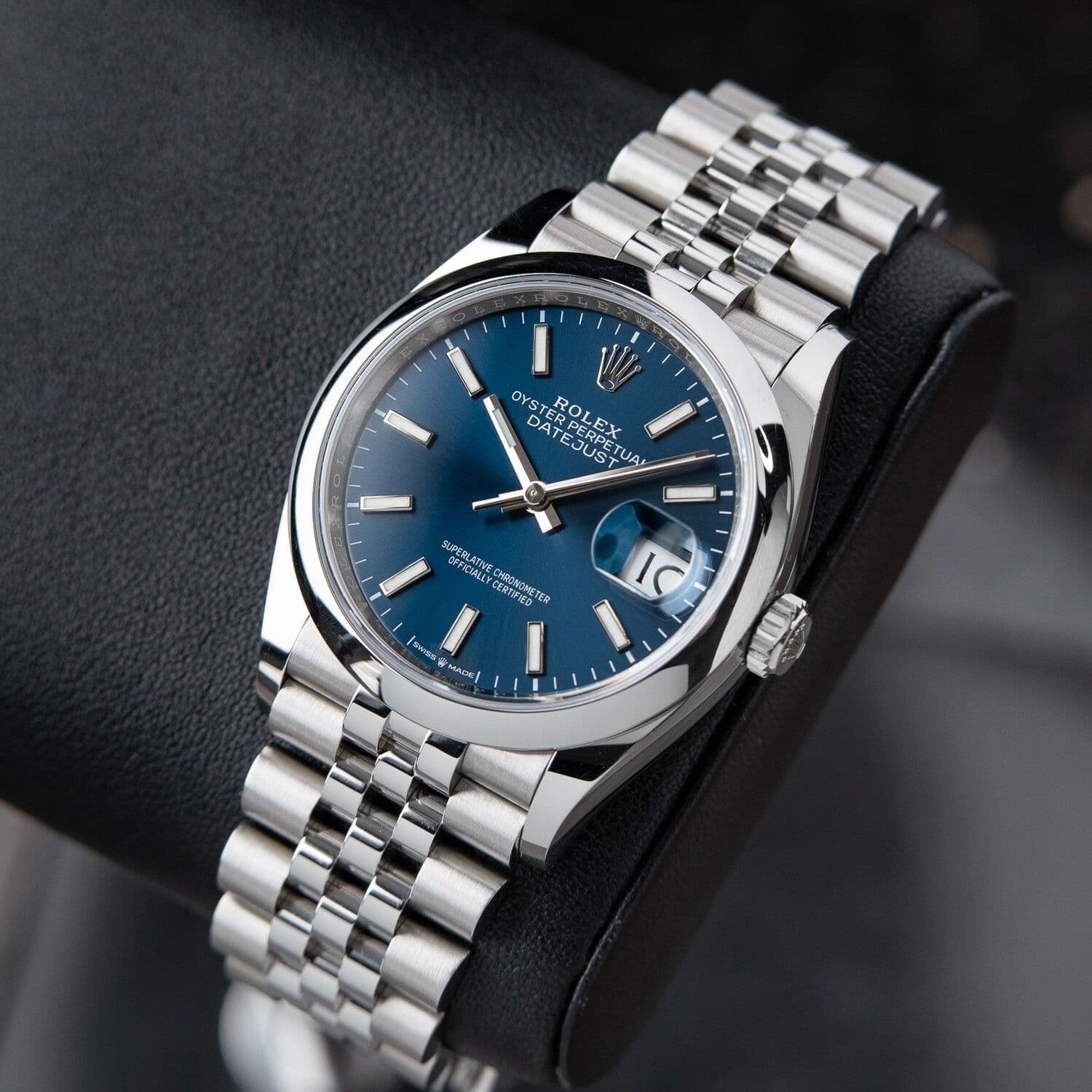
Fluted Bezel
Perhaps the most recognizable feature of all is the fluting. The fluting wasn’t just for looks; it was a practical machining essential to Rolex watchmaking. However, the fluted bezel has become a symbol of prestige. Made entirely from precious metals, it adorns the Datejust, Day-Date, and select Sky-Dweller models. Its shimmering ridges catch the light, giving Rolex watches their signature brilliance.
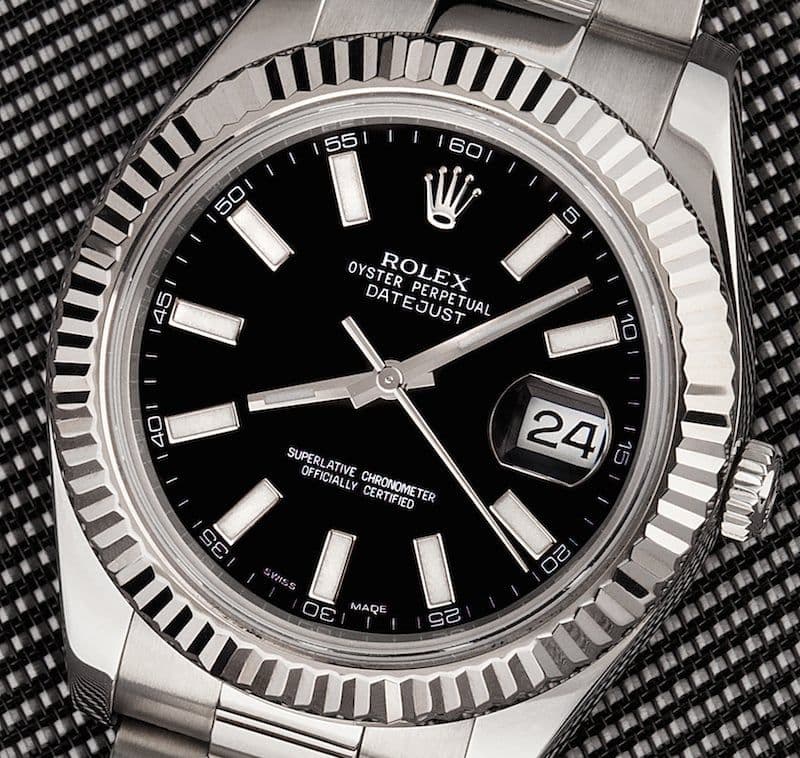
Engine-Turned Bezel (Vintage)
Once a hallmark of mid-century Rolex design, the engine-turned bezel featured intricate, machine-engraved patterns. Found on vintage Air-King and Datejust references, it offered a textured alternative to smooth or fluted bezels. The style was discontinued in the early 2000s but remains popular among vintage enthusiasts.
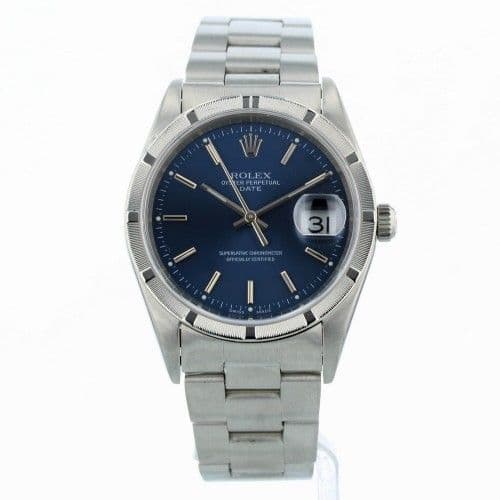
Rotating Timing Bezel
A tool-watch essential. Introduced with the Submariner and Turn-O-Graph, the rotating bezel allows divers to track elapsed time underwater. Its unidirectional rotation prevents accidental overestimation of dive time, a safety feature still used today.
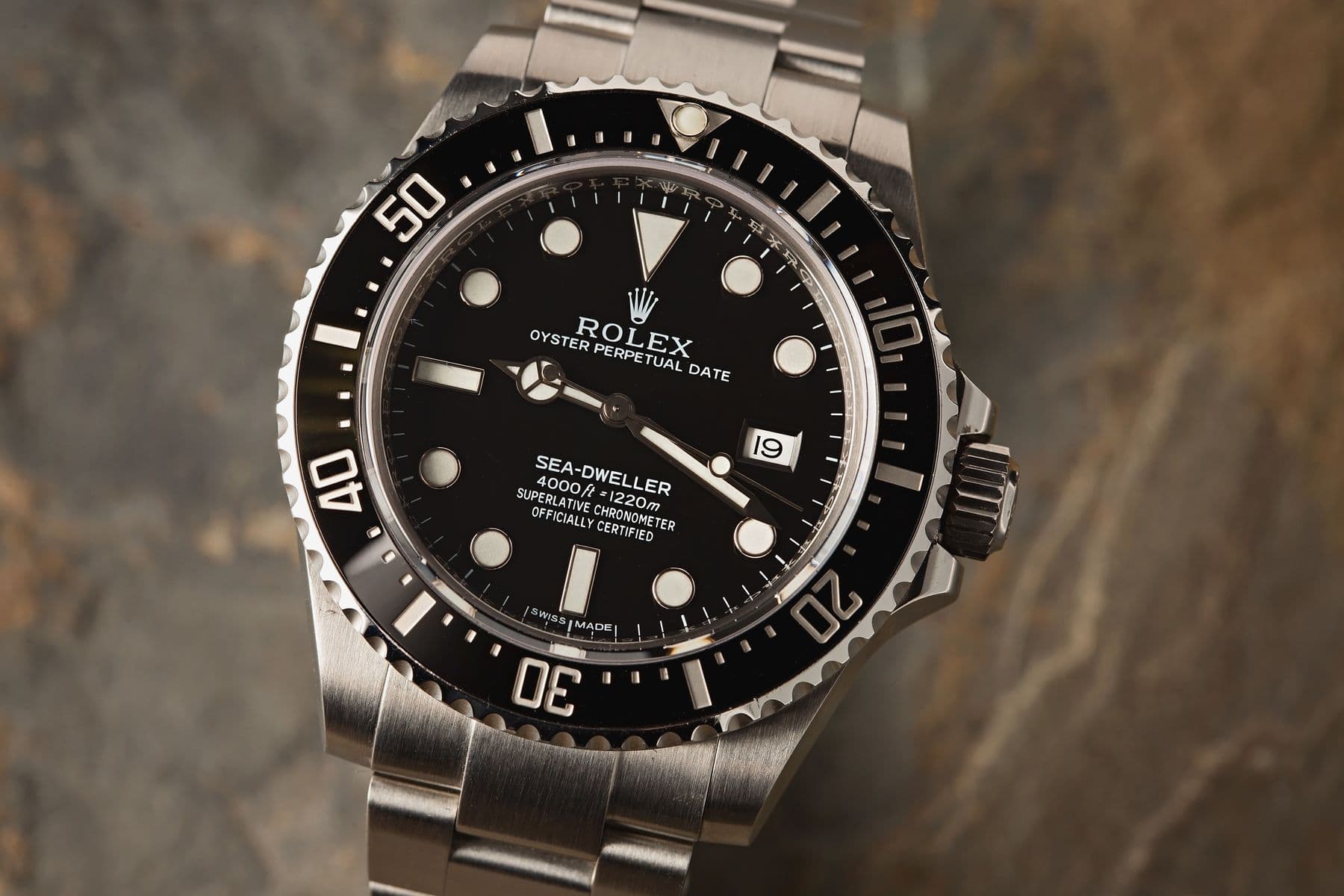
GMT Bezel
Introduced in 1955 on the GMT-Master, this bi-directional bezel has a 24-hour scale to help track a second time zone. Early versions used bakelite, later replaced by aluminum, and nowadays by advanced Cerachrom ceramic. The color combinations (Pepsi, Batman, Root Beer) have become cultural icons in their own right.
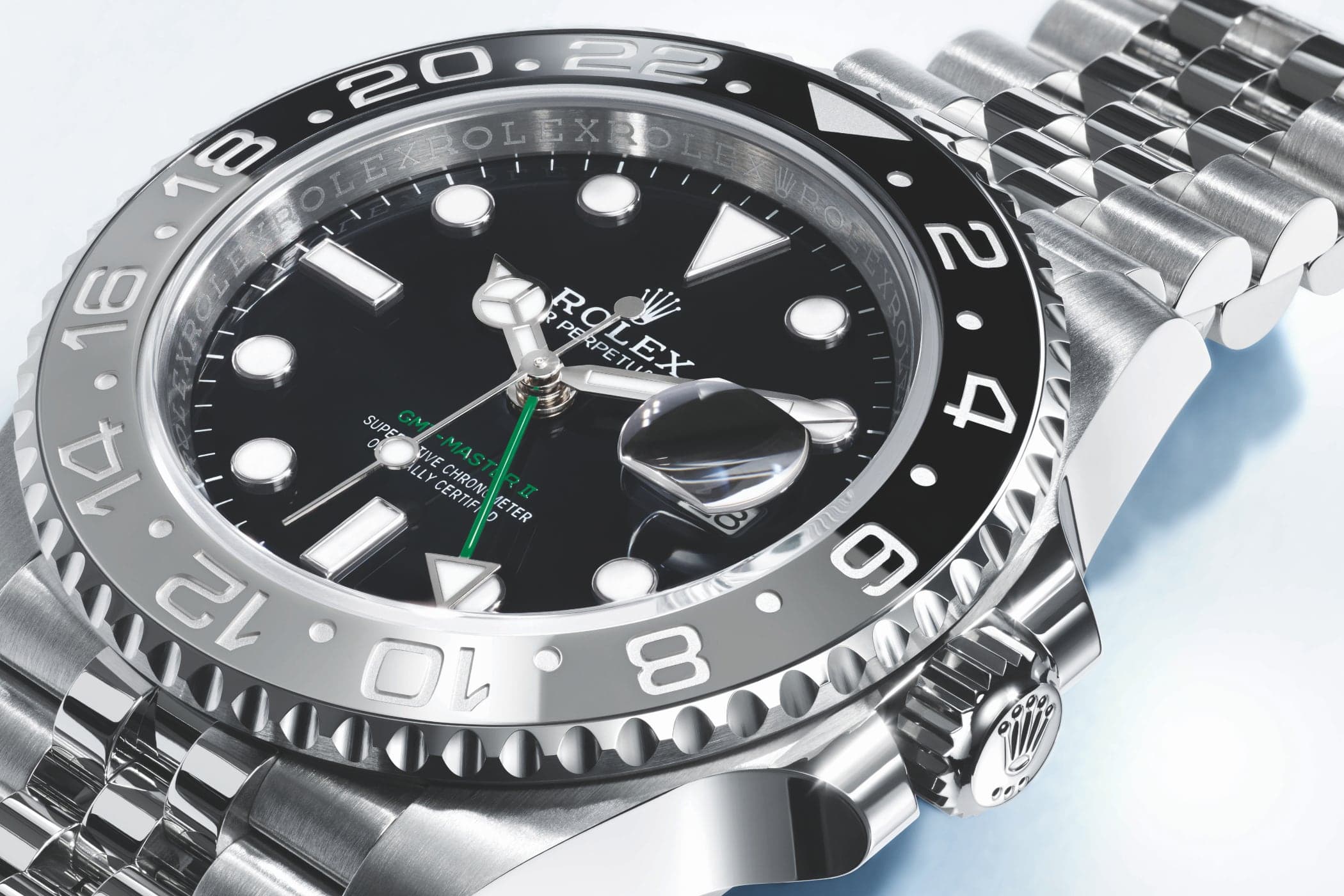
Tachymeter Bezel
A fixed bezel engraved with a tachymeter scale, most famously on the Cosmograph Daytona. It allows the wearer to calculate speed over distance, linking the watch forever to motorsport. Early steel bezels gave way to engraved Cerachrom versions that resist fading and scratches.
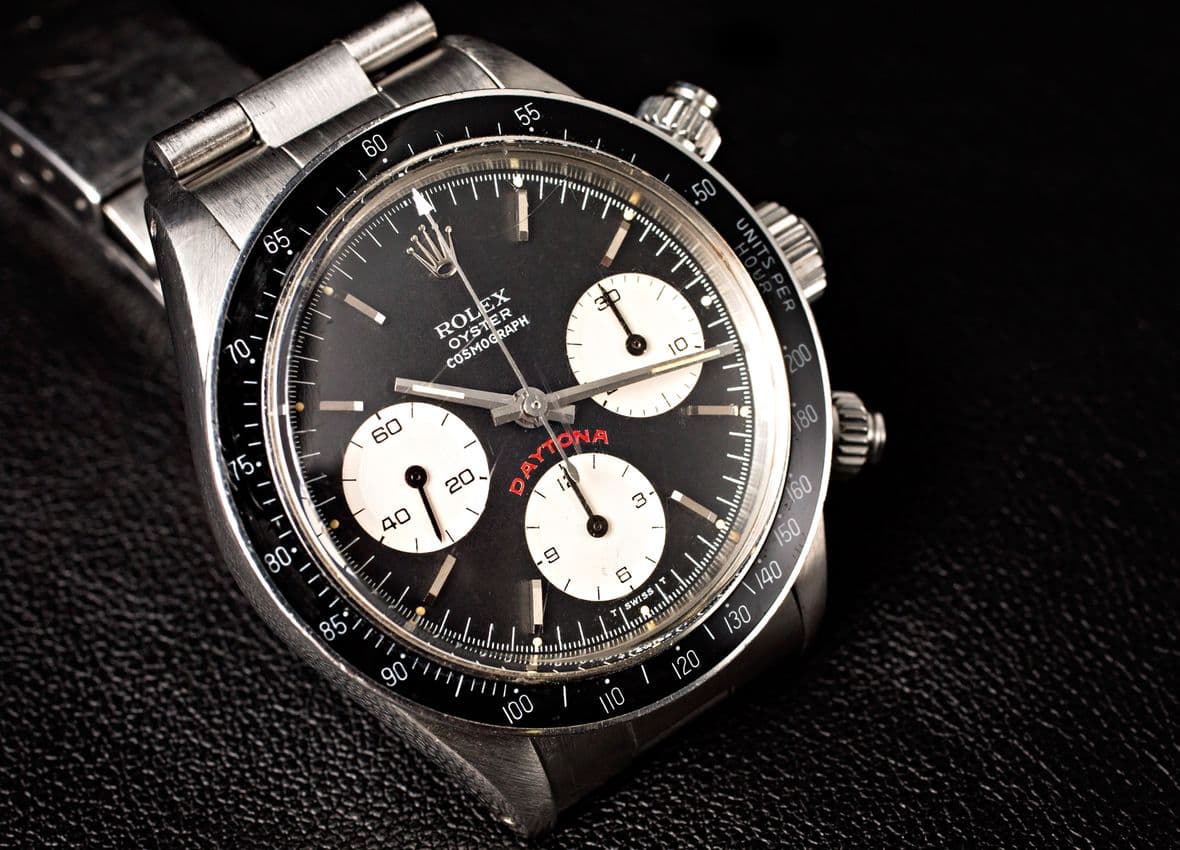
Gem-Set and Decorative Bezels
Beyond performance, Rolex bezels also serve as a work of art. On models like the Day-Date Rainbow or GMT-Master II Ice, bezels are set with diamonds, sapphires, or rubies, demonstrating Rolex’s in-house gem-setting expertise. These watches blend haute joaillerie with technical precision.
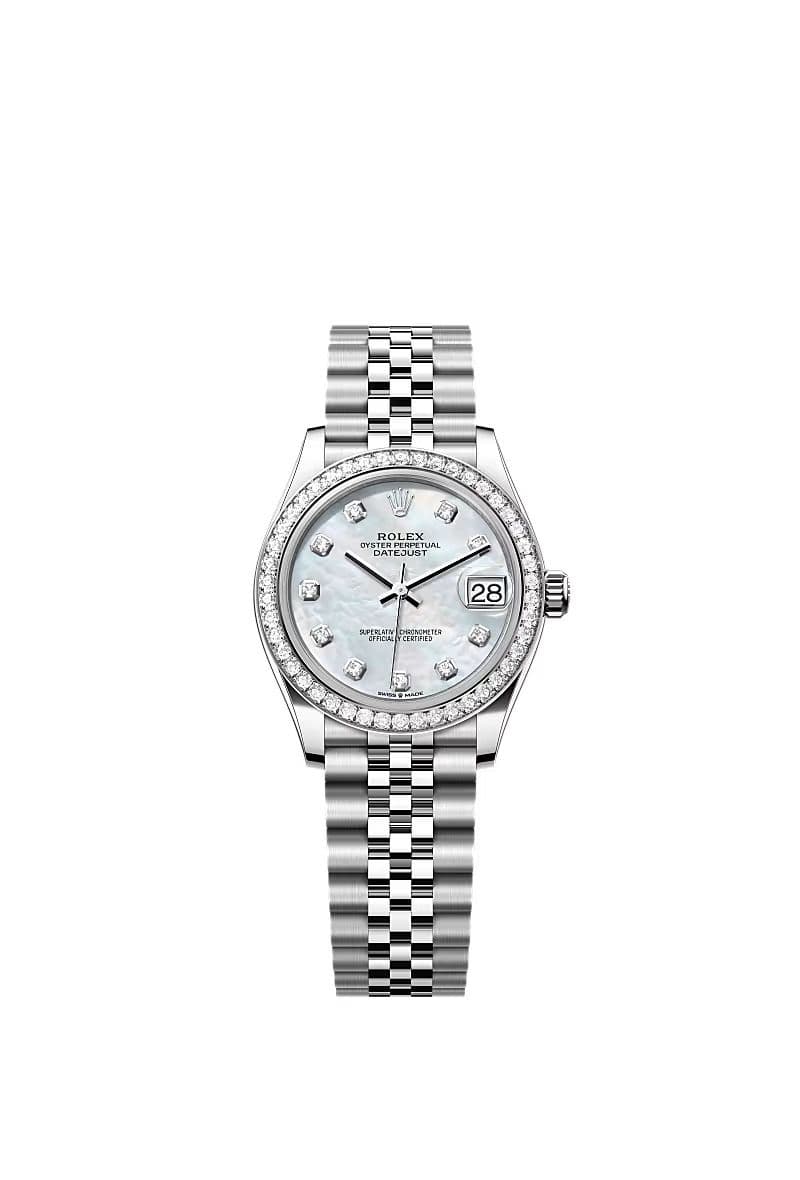
Material Evolution
Rolex bezels mirror the brand’s mastery of materials.
- Stainless steel and gold defined the early decades.
- Aluminum inserts appeared on tool models from the 1960s to the 2000s.
- Cerachrom, introduced in the mid-2000s, revolutionized durability with fade-resistant color and scratchproof properties.
- Platinum and Everose gold now bring weight and luster to modern references.
This evolution reflects Rolex’s pursuit of permanence: bezels that not only define an era but outlast it.
Iconic Rolex Bezel Nicknames
Part of Rolex’s charm lies in its nicknames. Over decades, collectors have assigned playful names to bezel colorways that became cultural shorthand. Each nickname tells a story about design, history, or personality.
- Pepsi: Blue and red bezel on the GMT-Master and GMT-Master II. Chosen initially for Pan Am Airlines pilots; now an icon of vintage-inspired travel.
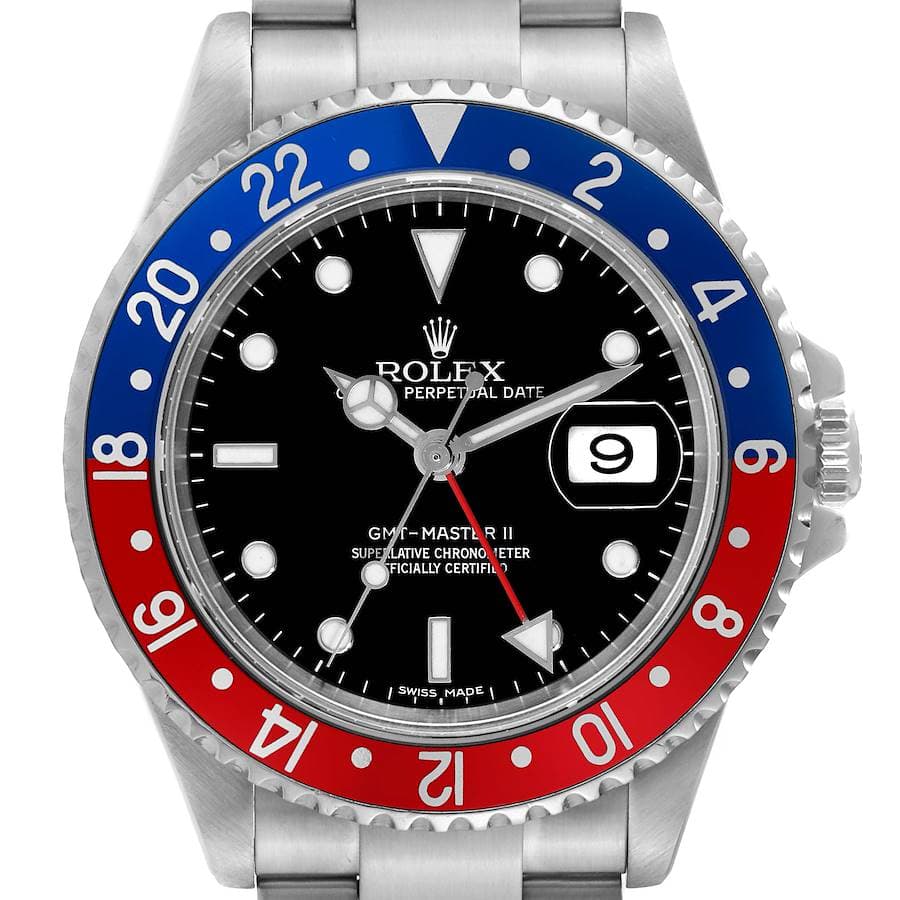
- Batman: Black and blue Cerachrom GMT bezel, introduced in 2013. Sleek and modern, it symbolizes Rolex’s ceramic-era innovation.
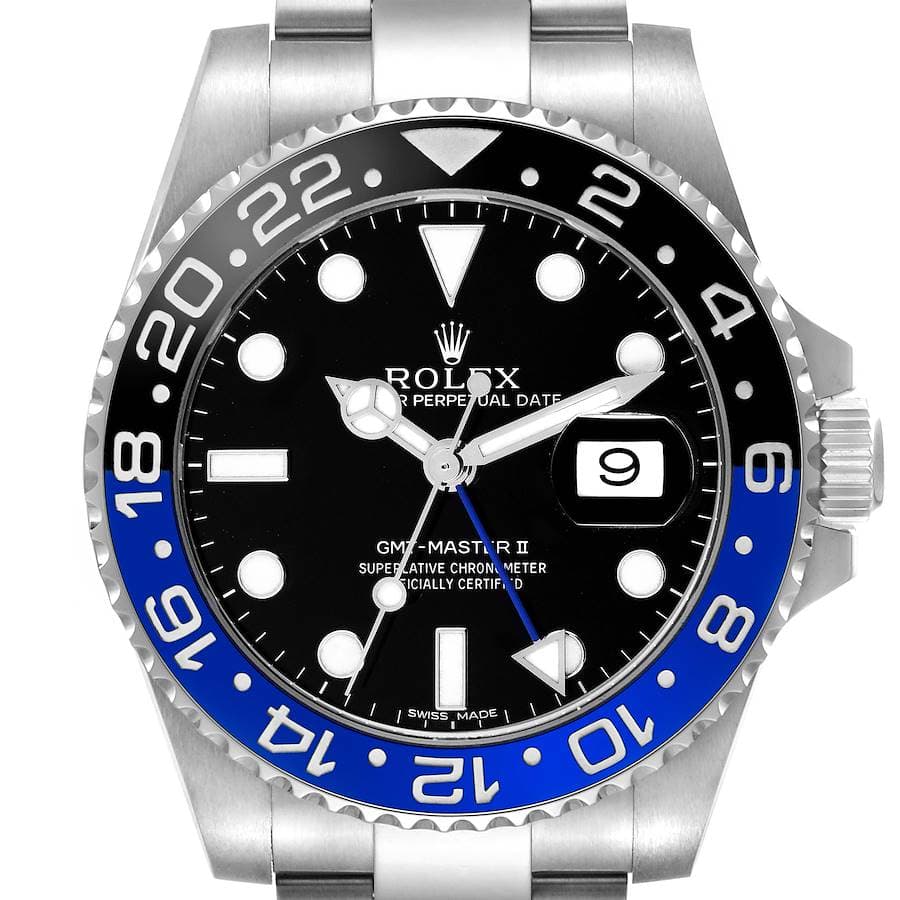
- Root Beer: Brown and gold combination on GMT models. Originally aluminum, now seen in Everose gold, evokes retro charm and 1970s styling.
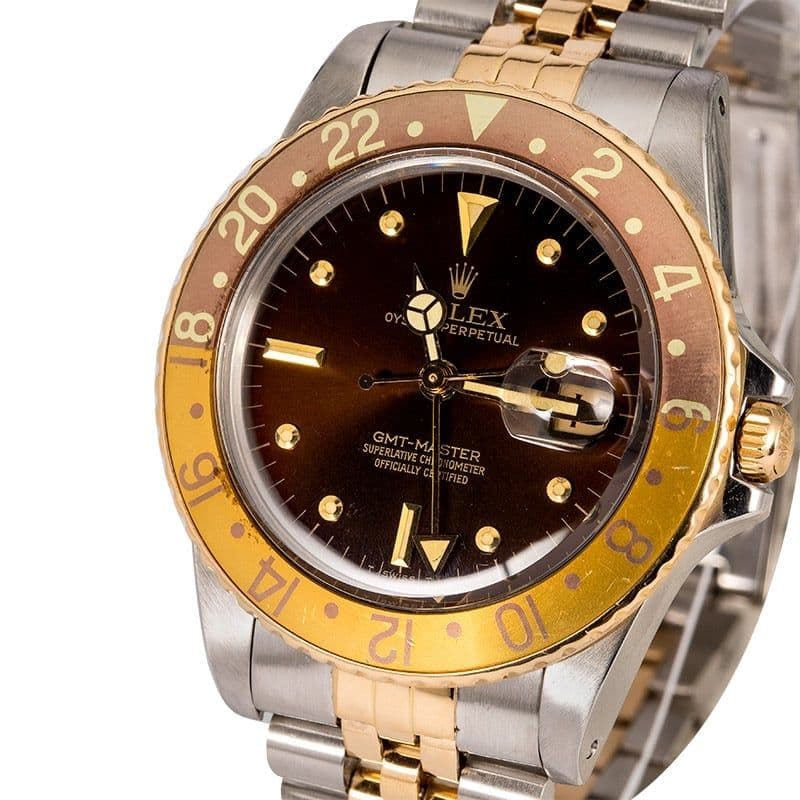
- Coke: Black and red GMT bezel. Beloved among collectors for its bold contrast and rarity since Rolex discontinued it after the aluminum era.
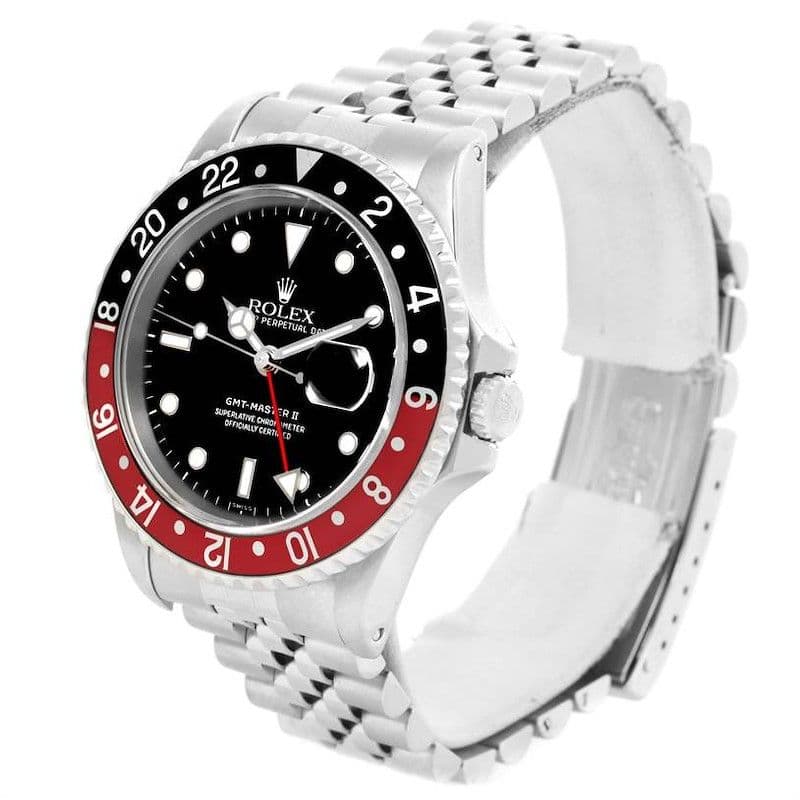
- Kermit: Green and black Submariner bezel from the 50th Anniversary edition. Its successor, the Cermit (green ceramic bezel), continues the legacy.
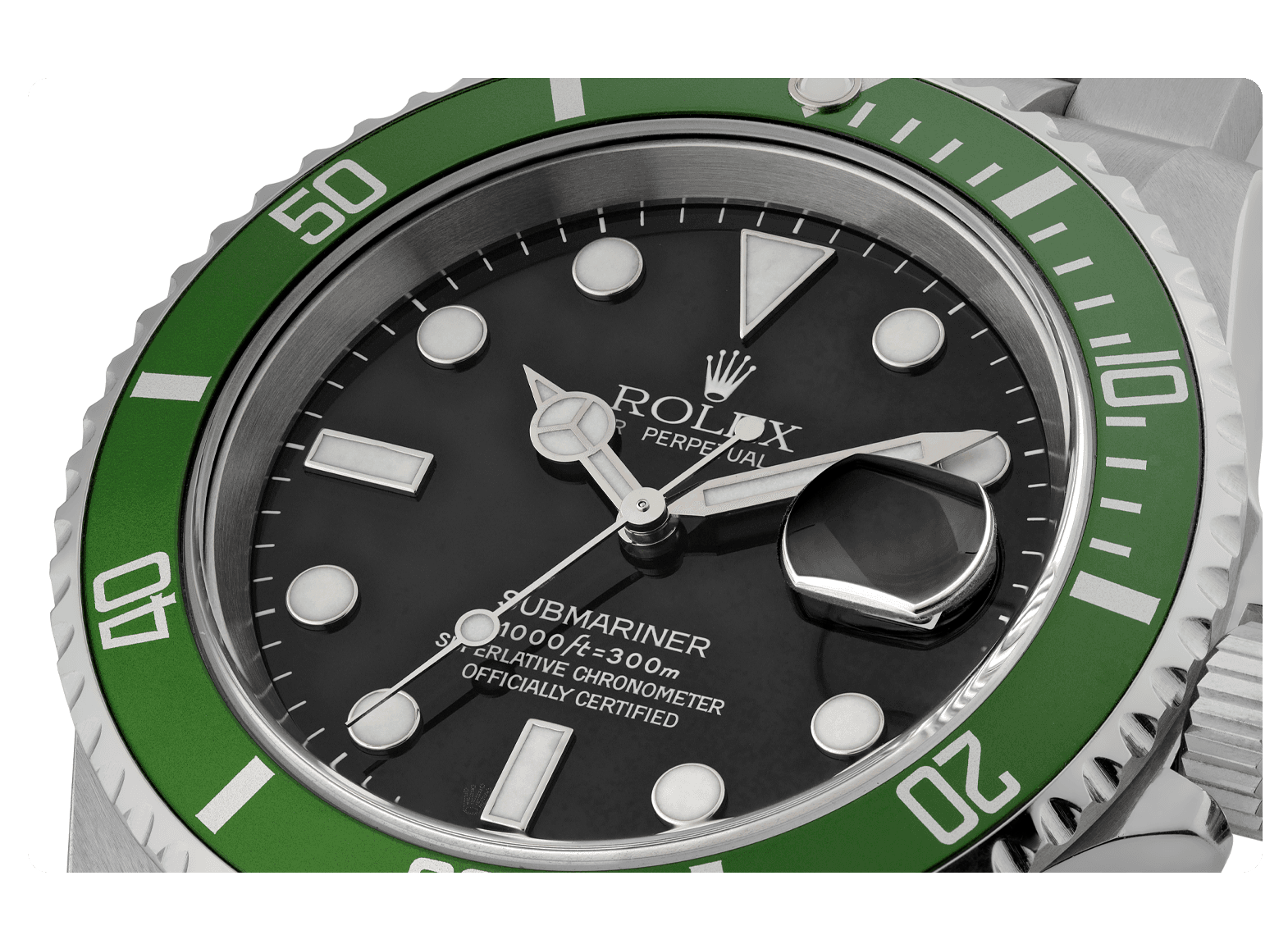
- Hulk: Green ceramic bezel paired with a matching green dial Submariner. Symbol of Rolex’s bolder, modern era.
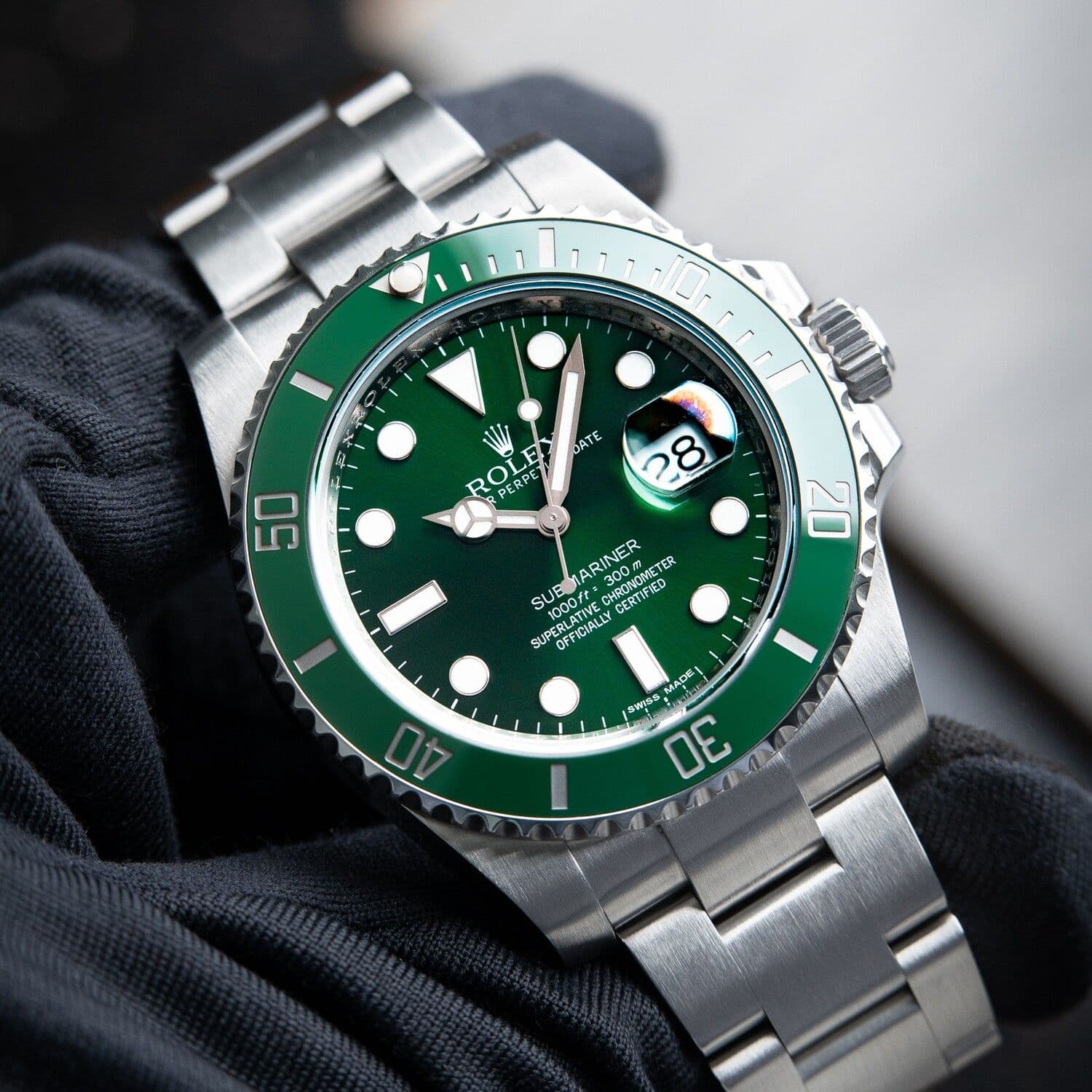
- Starbucks: Latest generation Submariner with green ceramic bezel and black dial; blends vintage cues with contemporary design.
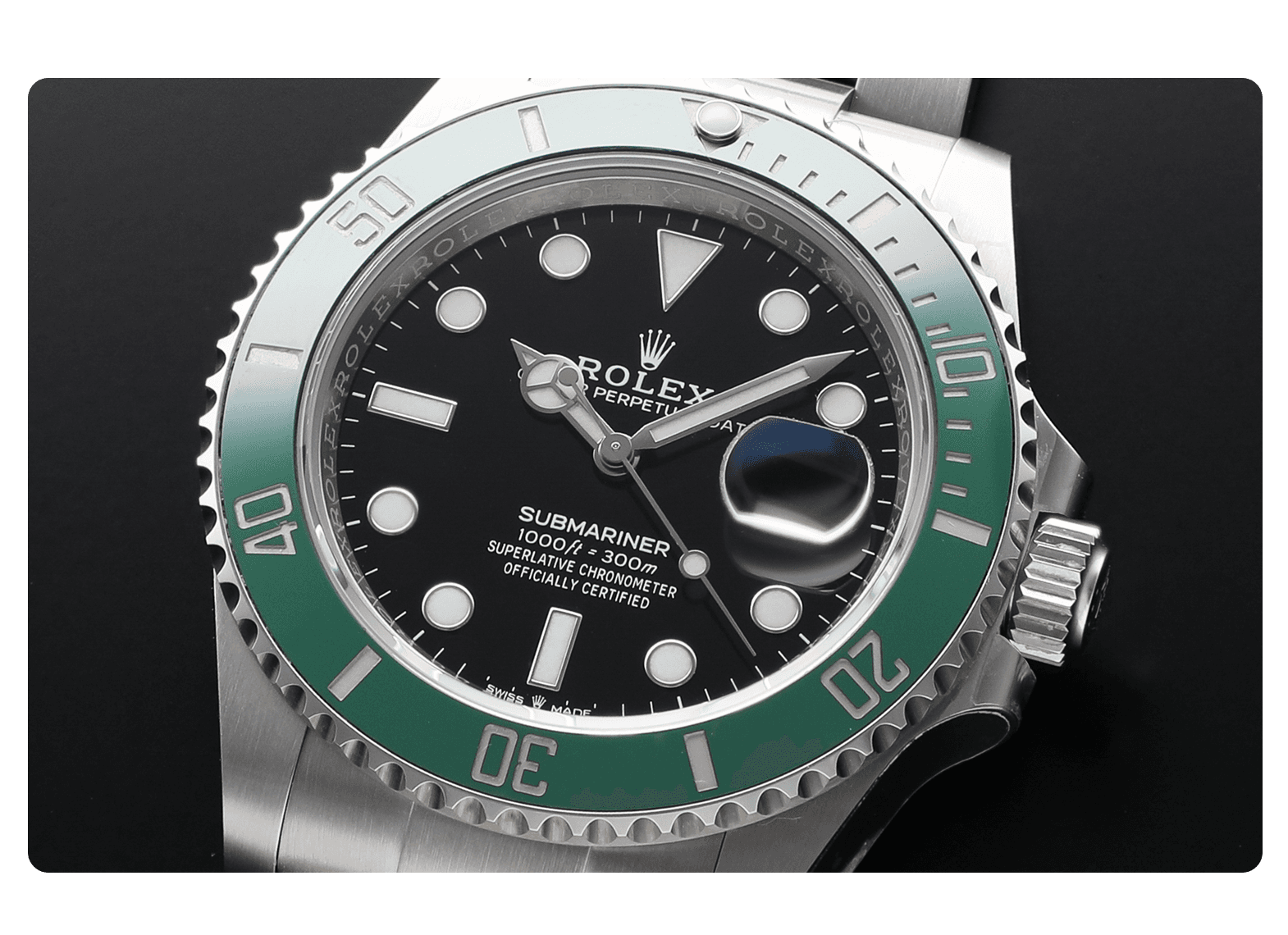
- Smurf: Blue ceramic bezel with matching blue dial Submariner in white gold; quietly extravagant and widely admired.
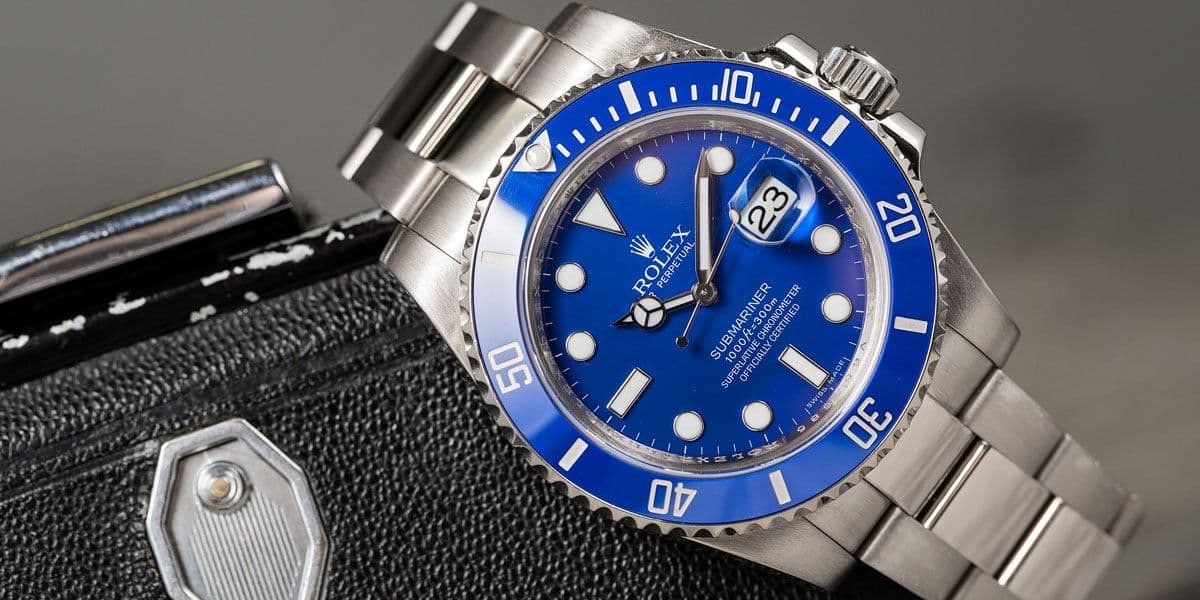
These nicknames demonstrate how Rolex bezels transcend function. They capture emotion, identity, and storytelling, connecting owners through a shared visual language.
The Bezel as Identity
Few brands have turned a component into an icon the way Rolex has. The fluted bezel signals status, the dive bezel speaks of adventure, and the GMT bezel evokes travel. Even without a logo, the outline of these watches is unmistakable.
Each bezel tells part of Rolex’s story: from the engineer’s workshop to the red carpet. It is a functional design elevated to art.
Final Thoughts
In Rolex design, the bezel is not an afterthought. It frames the dial, defines character, and often dictates function. From the simplicity of a smooth Oyster Perpetual to the technical depth of a Cerachrom Submariner, the bezel embodies Rolex’s ability to merge purpose and beauty.
Understanding Rolex bezels is to understand the brand itself: innovation, precision, and timeless design that continues to evolve without losing its essence.
